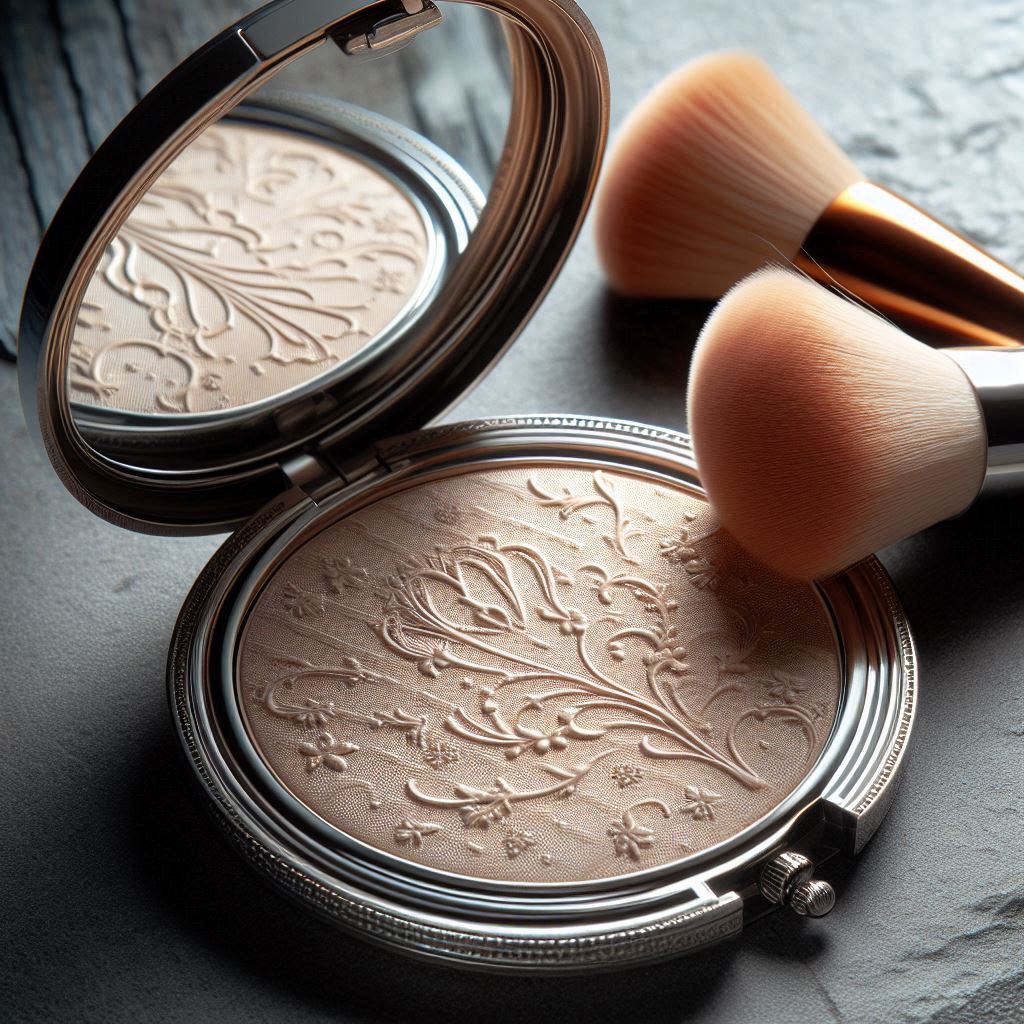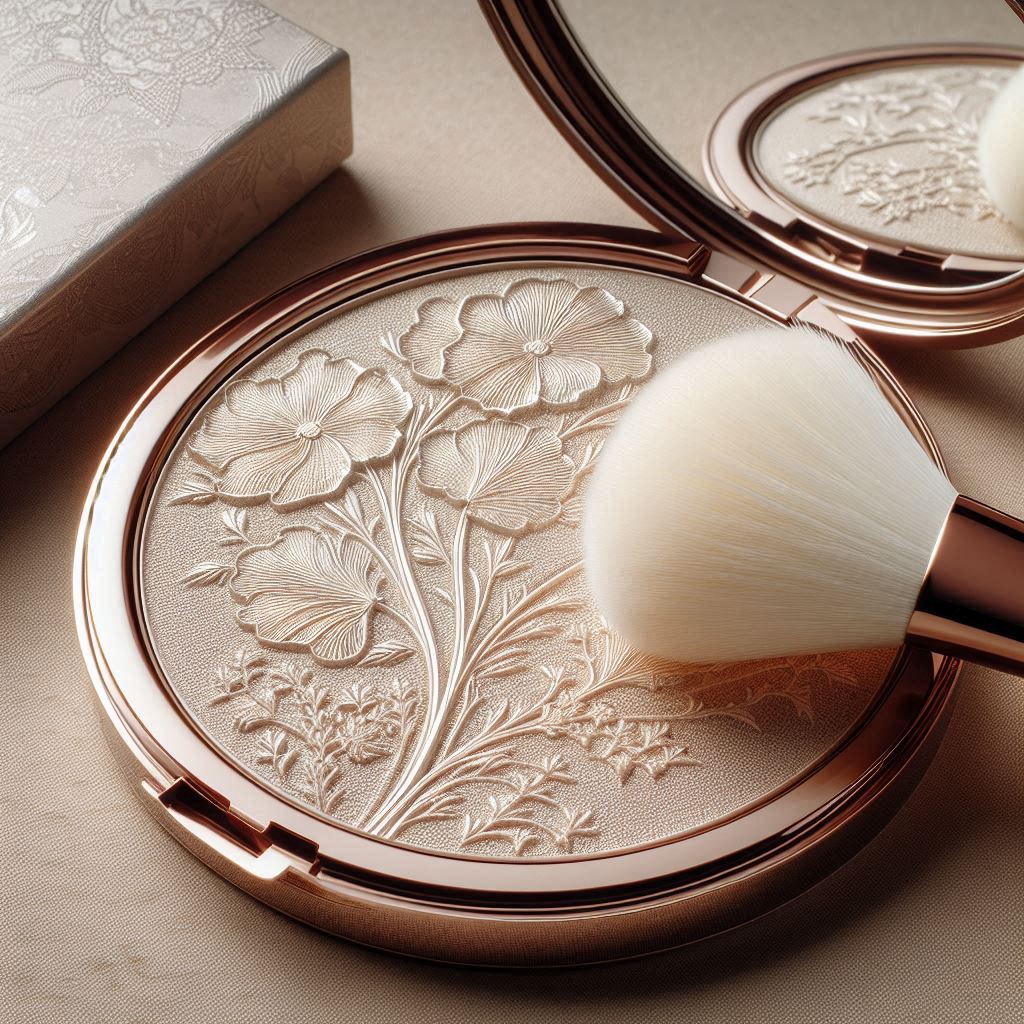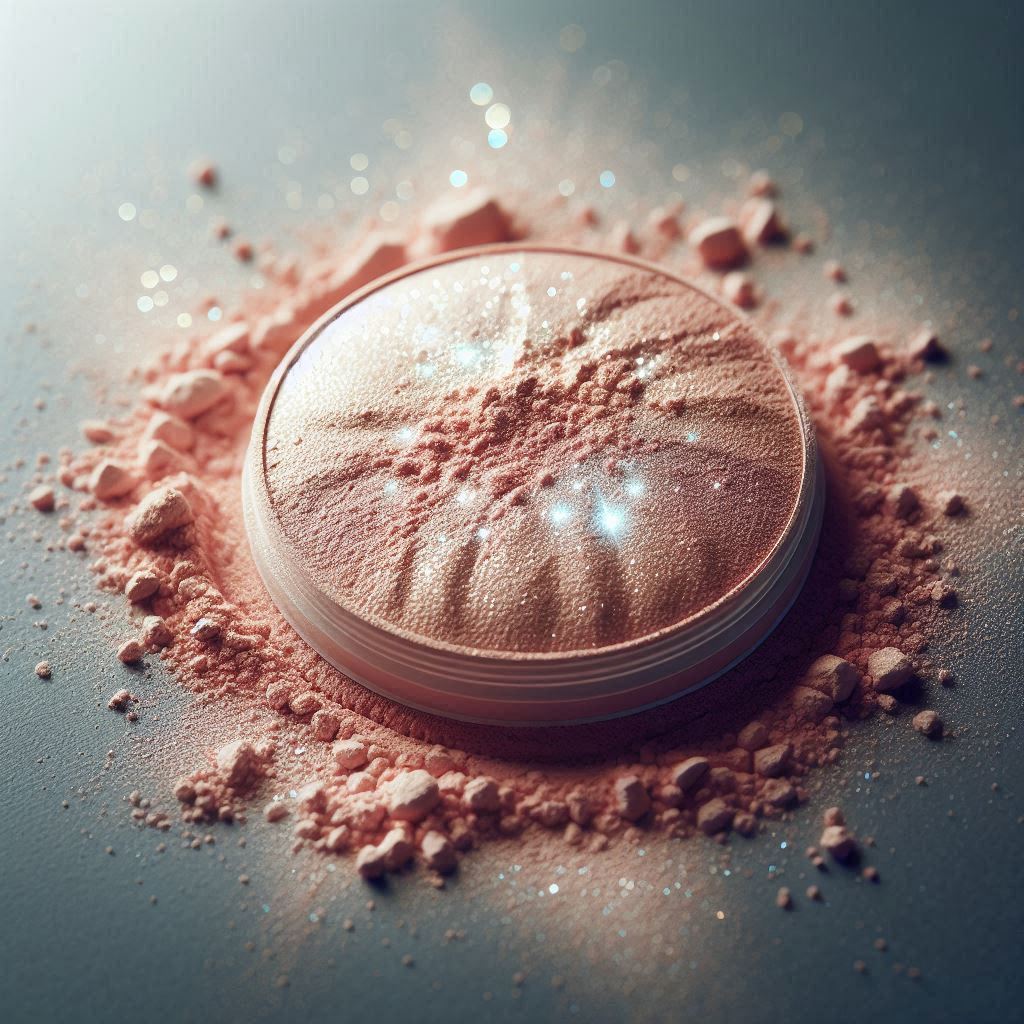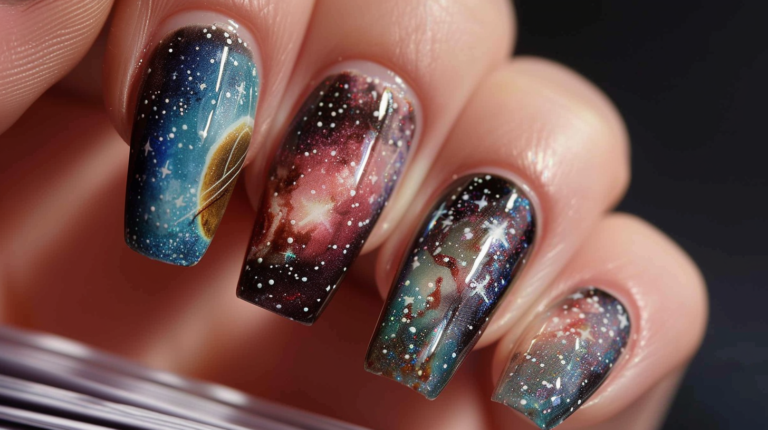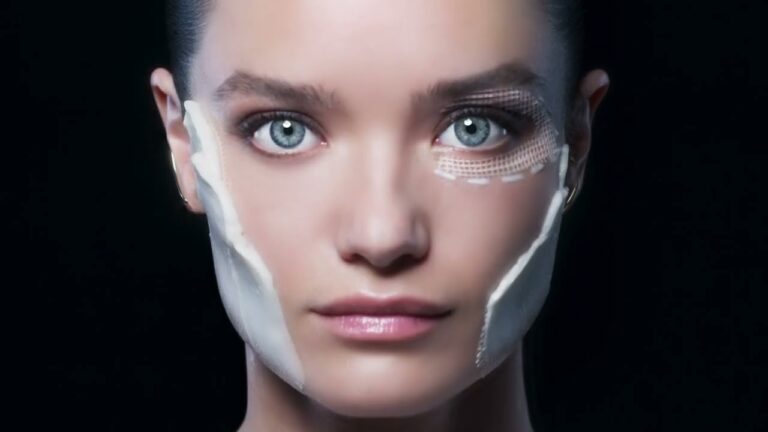Pressed Powder vs Loose Powder for Long-Lasting Makeup
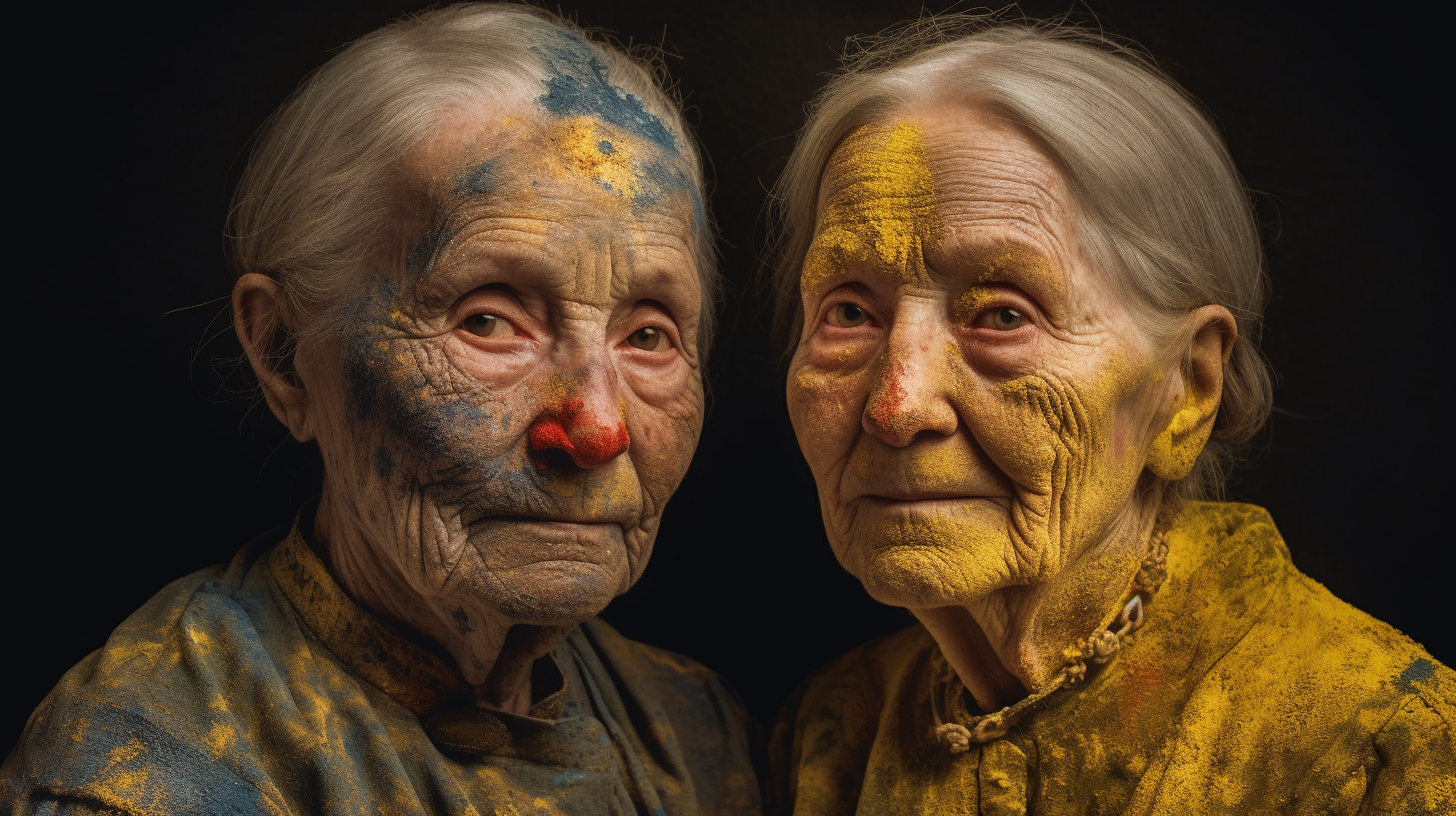
Pressed powder and loose powder are two popular forms of powder used for setting makeup, each with its own advantages and disadvantages. Here’s a detailed comparison to help you decide which one suits your needs:
Pressed powder and loose powder serve different purposes in your makeup routine, primarily due to their distinct formulas. Pressed powder, being more densely packed, is perfect for those on-the-go moments when you need quick, mess-free touch-ups. It offers slightly more coverage compared to loose powder, making it ideal for setting and mattifying your cream or liquid foundation.

Pressed Powder:
Advantages:
- Convenience: Pressed powders are compact, travel-friendly, and often come with a built-in mirror and applicator.
- Easy to apply: The powder is densely packed, making it simple to pick up and distribute evenly with a brush or puff.
- Less mess: Minimal fallout and spillage reduce waste and mess.
Disadvantages:
- Less customizable: The fixed amount of powder in each compact can lead to over- or under-application.
- May accentuate pores: The denser formula can settle into fine lines and pores, emphasizing texture.
This versatile product can set any makeup look, making it an essential part of your beauty routine. Additionally, loose powder is excellent for the “baking” method, a technique used to set foundation and concealer for all-day wear. By incorporating loose setting powder into your makeup regimen, you can achieve a flawless, long-lasting finish with a beautiful, luminous touch.
Loose Powder:
Advantages:
- Customizable coverage: Control the amount of powder applied to achieve your desired level of coverage.
- Smoother finish: Loose powders often produce a more natural, airbrushed effect, as they don’t accentuate pores as much.
- Refills available: Many brands offer refill options, reducing waste and saving money.
Disadvantages:
- More skill required: Loose powders demand more technique and patience to apply evenly, especially with a brush.
- Messier: Powder can spill or create a cloud when poured, and excess can be difficult to contain.
Loose setting powder is an excellent choice for those looking to control shine and achieve a naturally matte, soft-focus finish. According to beauty expert Janeena, loose powder is perfect if you prefer a lighter or more sheer effect. This versatile product helps create a flawless look by mattifying the skin and reducing shine, making it a must-have in any makeup routine. Whether you’re aiming for a subtle, everyday look or a more polished finish, loose setting powder ensures your makeup stays fresh and shine-free throughout the day.
Key differences and recommendations:
- Pressed powder:
+ Ideal for: Quick touch-ups, travel, and those who prefer a more controlled, precise application.
+ Best for: Normal to oily skin, as it can help absorb excess oil. - Loose powder:
+ Ideal for: Achieving a natural, high-definition finish, and for those who prefer customizable coverage.
+ Best for: Dry to combination skin, as it can provide a softer, more forgiving texture.
Ultimate tip: Consider a hybrid approach: Use a pressed powder for quick touch-ups and a loose powder for more precise, customized applications (e.g., under the eyes or on specific areas). This combination leverages the strengths of both formats and caters to various skin types and preferences.
Choose the format that aligns with your:
- Application style: If you prefer ease and speed, pressed powder might be the better fit. For more control and customization, loose powder is ideal.
- Skin type: Pressed powder suits oily skin, while loose powder is often better for dry or combination skin.
- Personal preference: Weigh convenience against customization, and consider your comfort level with each application method.

By understanding the distinct characteristics of pressed and loose powders, you can select the best option for your individual needs and makeup style. Experiment with both formats to find your perfect match or adopt a hybrid approach for ultimate versatility.

